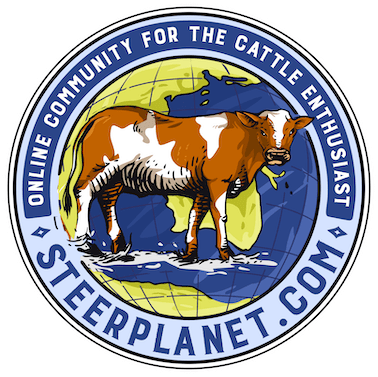Luck,
I would like to discuss this case with you.
Do you agree with the below statements?
You can diagnose PEM by the symptoms but can only confirm your diagnoses by a necropsy.
In the Walmart case, no necropsy is possible, so you have to rely on the symptoms to determine why these animals were in the condition they were in.
Note the feed was not tested and “
“The number of cases of sulfur-induced PEM has increased dramatically in the past few years “
SL
Sulfur-induced polioencephalomalacia in a herd of rotationally grazed beef cattle
http://www.ncbi.nlm.nih.gov/pmc/articles/PMC340301/
I would like to discuss this case with you.
Do you agree with the below statements?
You can diagnose PEM by the symptoms but can only confirm your diagnoses by a necropsy.
In the Walmart case, no necropsy is possible, so you have to rely on the symptoms to determine why these animals were in the condition they were in.
Note the feed was not tested and “
“The number of cases of sulfur-induced PEM has increased dramatically in the past few years “
SL
Sulfur-induced polioencephalomalacia in a herd of rotationally grazed beef cattle
http://www.ncbi.nlm.nih.gov/pmc/articles/PMC340301/
